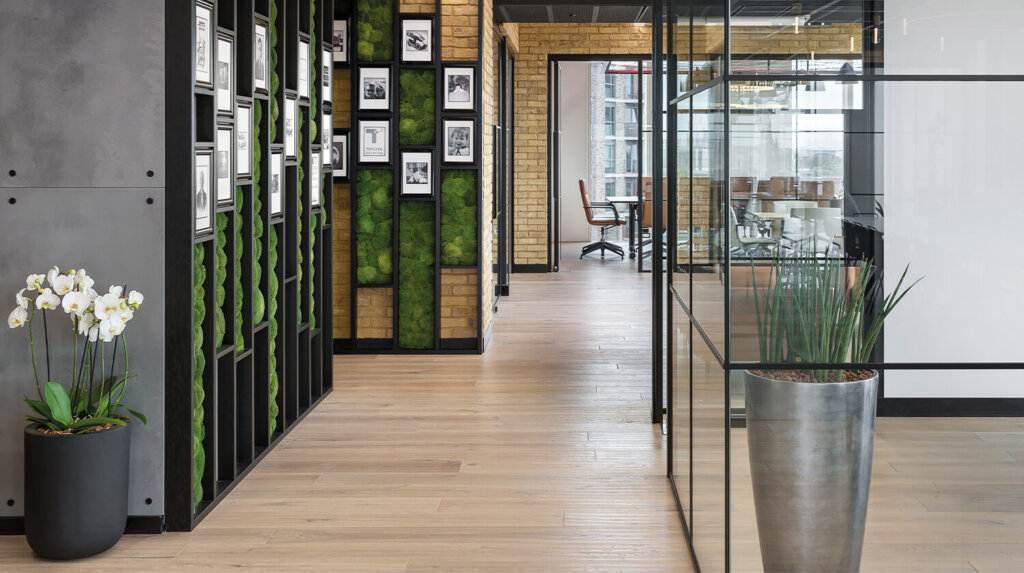Once luxury was an aspirational motivation for many purchasing choices with consumers striving to attain a mainstream paradigm that defined an era.
As environmental concerns increasingly top everyone’s agenda, sustainability has become a leading priority. Set to become ever more important as the eco-friendly movement gains international traction, both brands and consumers are importantly prioritising the planet over profit.
The conscious consumer sets to shift their focus from being about wealth and prestige to the sustainability of the product. This means the environmental impact of the manufacturing process, the sustainability of where the materials are sourced from, and the experience of a brand that resonates with personal values become top priorities, but is sustainability really the new luxury?
Sustainability is MORE than the new luxury
The concept of sustainability has been around for over 30 years, and so environmental impact has for many been an inherent part of design for a long time.
Back in 1993 we began by reclaiming and restoring wood to repurpose into floors. When we started making new wood floors in 1997, we ensured we were environmentally accredited from the beginning and we became one of the first companies in Europe to be fully FSC certified.
Today the global environmental emergency has started to affect a revolution across all sectors. In June 2019, the UK legally committed to cut emissions of carbon dioxide and other greenhouse gases to net zero by 2050. Plus, all homes and businesses have to meet rigorous new government green building targets by 2025.
RIBA too have joined this global declaration of climate emergency by setting up the RIBA 2030 Climate Challenge.
But choosing responsibly manufactured products is only the start, the true environmental impact of a product is also about durability, circularity, and recyclability.

Designed to last with sustainability in mind
Sustainable design can often feel like an unnecessarily complex concept, but it doesn’t need to be.
Wood helps battle climate change as it is the only construction material that locks away carbon. This material can help designers, contractors and builders to reach those ambitious CO2 reduction goals. Even in a home, choosing a wood floor can significantly reduce the carbon footprint of the building as carbon will be locked away for generations to come.
We manufacture low-impact, high-design products and sustainability is embedded in every part of how we work. We offer more FSC™ and PEFC certified floors in every format, tone, thickness and finish than any other wood floor company. And, unlike some other wood floor companies, we do not charge any extra for FSC™ or PEFC certification: it comes as standard and always will.
At Ted Todd we believe quality should always be sustainable, but a good product is no longer enough to win favour.
Sustainability goes deeper than the aesthetics of a product, what you can’t see that should also be considered.
Durability is key to reducing environmental impact. All our floors are built to last a lifetime and our confidence in them is reflected in our minimum 20-year guarantee.
And with absolutely no built-in obsolescence you can be assured that their longevity will continue for many years to come.
Waste is also a major part of sustainability. Our floors are built to last but it’s good to know that if they do come to the end of their life, they can be fully recycled, unlike manmade plastic alternatives.
Throughout the summer we will be sharing with you how wood can help battle climate change as it is the only construction material that locks away carbon. We’ll also cover how using wood in your project not only benefits the environment but how wood is good for you too.
If you would like to about how using natural wood flooring in your project can make your project more sustainable, get in touch to talk to our team.